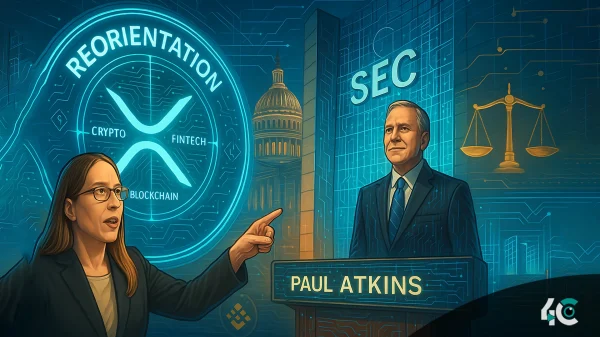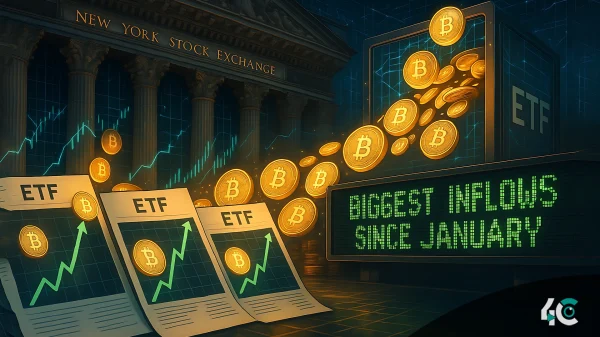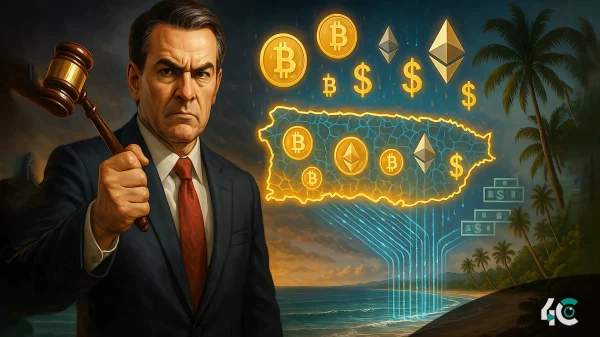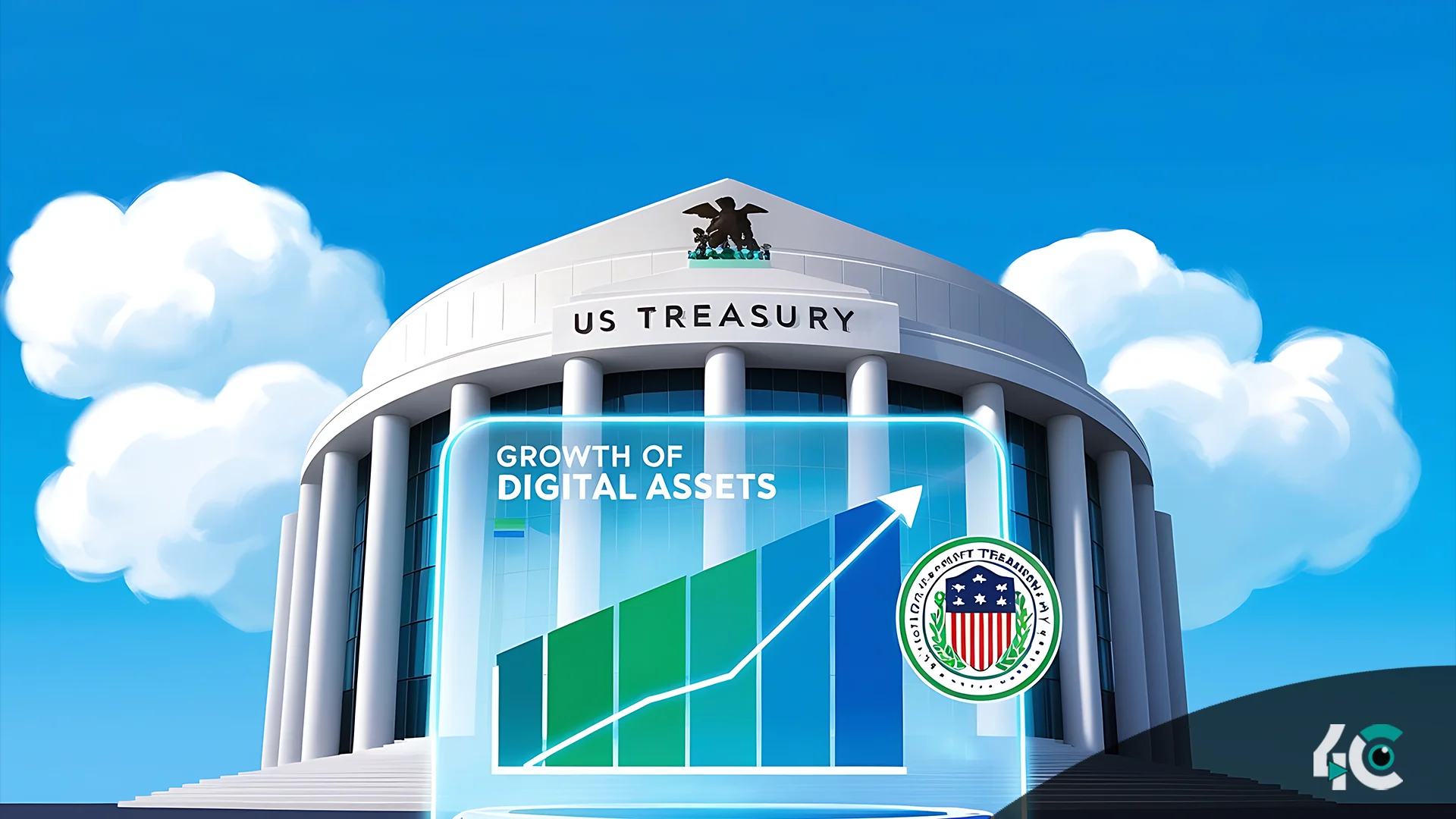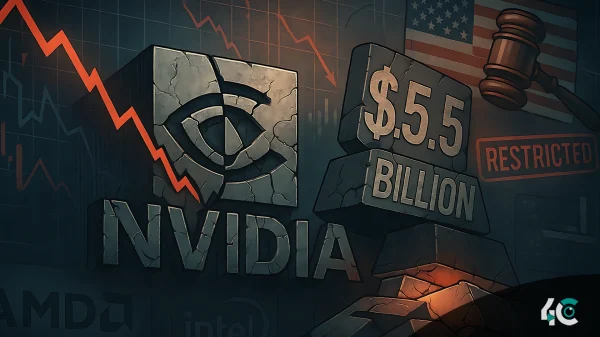The U.S. Department of the Treasury’s national strategy for improving financial inclusion has faced criticism for its limited acknowledgement of digital assets. The strategy discusses cryptocurrencies mostly in relation to possible consumer hazards, even if it also lays out measures to increase access to secure financial products and services.
The Treasury recently said that this approach was the result of a request from Congress and that its goal is to safeguard consumers from fraudulent acts while increasing their access to financial services. The report’s sole mention of cryptocurrencies, however, is a warning that they are dangerous, which stands in stark contrast to Vice President Kamala Harris’s more positive assessment of them during her presidential campaign.
National Economic Advisor Lael Brainard acknowledged Harris for expanding access to credit and money. However, the analysis suggests that the US will not view Bitcoin and other cryptocurrencies as practical instruments for financial inclusion. Digital asset proponents frequently contend that these technologies can assist in filling in the gaps for people who do not have access to traditional financial systems.
The implications of this approach could potentially shape the public’s perception of Harris as the 2024 presidential race draws near, particularly among cryptocurrency enthusiasts. Although she has expressed interest in helping the digital asset sector, her position is still unclear in light of the new Treasury report.
The lack of a favorable mention of cryptocurrencies in the financial inclusion strategy may hinder Harris’s appeal among cryptocurrency supporters, as many in the industry believe the current administration’s policies could negatively impact their growth. Nevertheless, other business leaders, including Chris Larsen, a co-founder of Ripple, still support Harris because they think she would promote American technology internationally.
Given the significant financial issues that lie ahead, including plans for a $1.3 trillion debt increase to stabilize the economy, discussions about the Treasury’s stance on digital assets are likely to continue in the run-up to the elections. Both Harris and the Treasury will have to negotiate the intricate relationships between digital innovation and financial inclusion as the situation develops.



